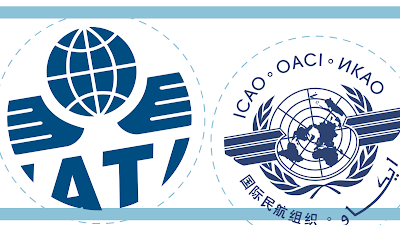IATA (International Air Transport Association) and ICAO (International Civil Aviation Organization) are two organizations that are involved in the regulation and development of international air transport. Although they share some similarities, there are significant differences between the two organizations.
IATA is a trade association of airlines, representing over 290 airlines worldwide. It focuses on the commercial and operational aspects of the airline industry, such as safety, security, passenger experience, and environmental sustainability. IATA develops industry standards and guidelines, such as the IATA Operational Safety Audit (IOSA) and the IATA Safety Audit for Ground Operations (ISAGO), and provides a range of services to airlines, including training, consulting, and financial services.
ICAO, on the other hand, is a specialized agency of the United Nations that is responsible for the regulation of civil aviation. It has 193 member countries and works to ensure the safe, efficient, and orderly development of international civil aviation. ICAO sets standards and recommended practices (SARPs) for aviation safety, security, air navigation, and environmental protection. It also provides technical assistance and training to member states to help them implement these standards and practices.
Some of the key differences between IATA and ICAO include:
- Membership: IATA is a trade association of airlines, while ICAO is a specialized agency of the United Nations that includes member states.
- Focus: IATA focuses on the commercial and operational aspects of the airline industry, while ICAO focuses on the regulation and development of international civil aviation.
- Standards: IATA develops industry standards and guidelines, while ICAO sets SARPs for civil aviation.
- Services: IATA provides a range of services to airlines, while ICAO provides technical assistance and training to member states.
Both IATA and ICAO play important roles in the regulation and development of international air transport, but they have different areas of focus and responsibilities.

